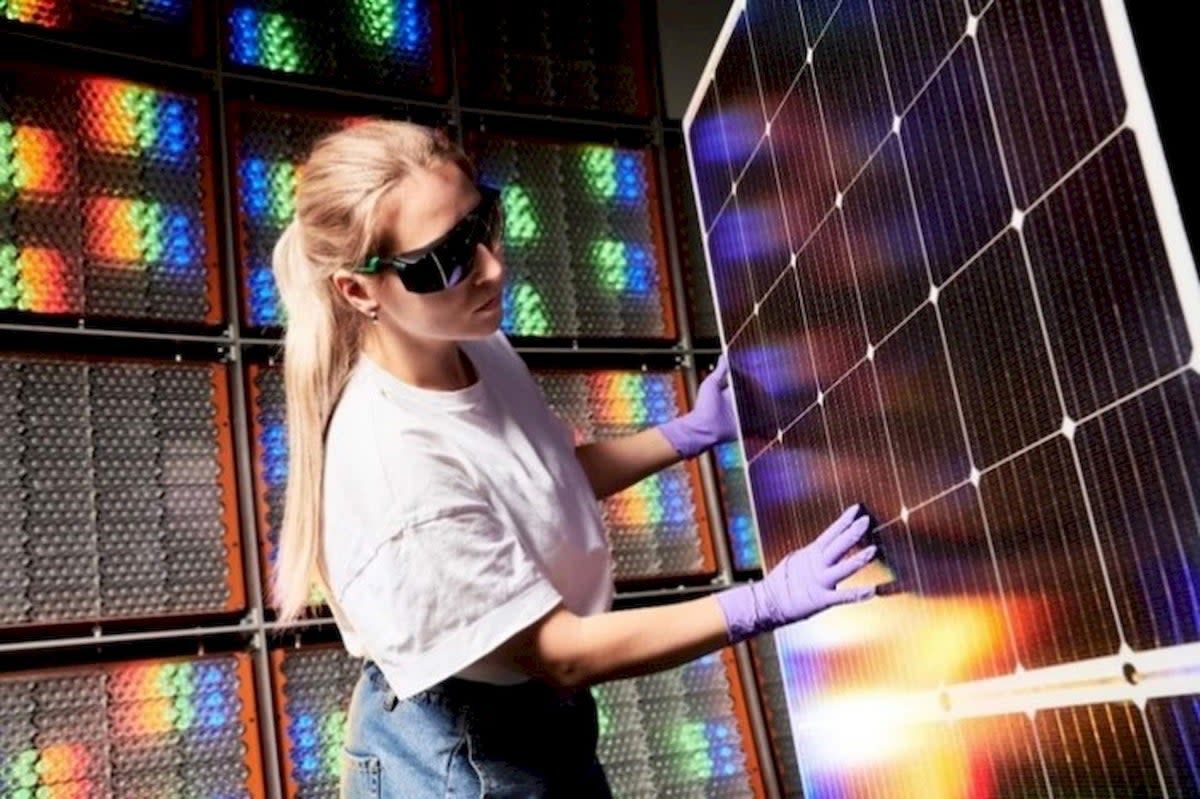New world record set for residential solar panel

A new world record has been set for converting sunlight to electricity on a residential-size solar panel.
UK-based startup Oxford PV unveiled the next-generation tandem solar cell, which uses the so-called ‘miracle material’ perovskite to boost the performance of conventional silicon-based solar panels.
The perovskite-on-silicon tandem solar cell achieved an efficiency of 26.9 per cent, a 1.9 per cent improvement on the best current silicon modules that are a similar size.
With a designated area of around 1.6 metres2, and weighing less than 25 kilograms, Oxford PV described it as the “ideal size” for residential applications.
“Oxford PV’s record-setting module represents a significant advancement for solar power generation,” said Oxford PV chief executive David Ward.
“Homeowners along with commercial and utility customers will all benefit from upwards of 20% more power with the same footprint. Not only does this save installation costs, it also speeds up the decarbonisation journey and can contribute to the global energy transition in a meaningful way.”
The announcement of the new commercial-sized solar panel record comes just days after researchers in China set a new record of 34.6 per cent power conversion efficiency using a tandem perovskite-silicon solar cell, though this rate was only achieved under strict lab conditions and is a long way from commercialisation.
The latest breakthrough from Oxford PV comes less than six months after its previous efficiency record of 25 per cent on an industrial-size module.
“For the past decade, the team has continued to demonstrate the potential for perovskite on silicon tandem solar cells, setting and breaking efficiency records along the way,” said Chris Case, Oxford PV’s chief technology officer.
“Now we are taking the next steps to bring this high-efficiency solar technology into commercial use to support our vision of an all-electric future.”
The company has already set up a manufacturing facility in Brandenburg an der Havel, Germany, where it hopes to ramp up production of its next-generation solar cells.

 Yahoo News
Yahoo News 
